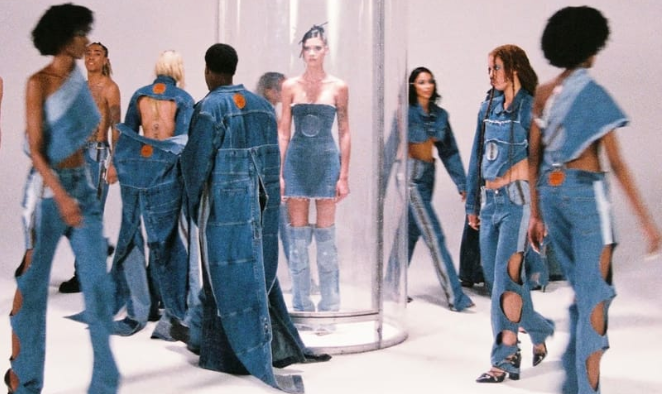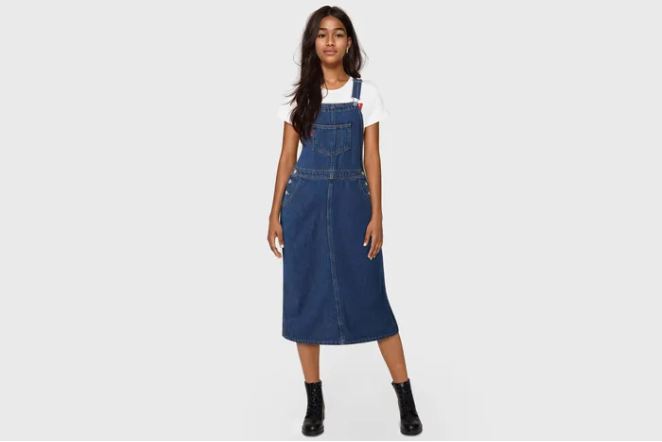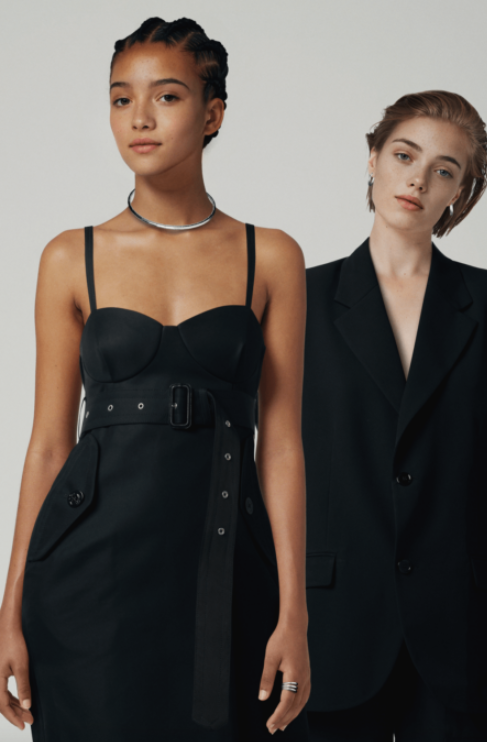Share

Prominent clothing brand, Levi’s, has new plans in the works to ‘replace’ human models for AI-generated images online to improve the representation of models. But, it’s receiving backlash for promoting ‘artificial diversity’.
A lot has changed in recent years in the fashion industry when it comes to representation of plus-size runway models who are above the size of 10.
Recently, Levi’s announced its partnership with Lalaland.ai, an AI-centric studio with a history of working with fashion brands like Calvin Klein and Tommy Hilfiger, and is known for its ability to generate ‘hyper-realistic’ fashion models.
Levi’s adopted this approach to escalate its diversity efforts through AI models that can help customers see more and more of its products on models that looked like themselves.
The global head of digital and emerging technology strategy at Levi Strauss & Co, Dr. Amy Gershkoff Bolles says “While AI will likely never fully replace human models for us, we are excited for the potential capabilities this may afford us for the consumer experience.”
The brand has gone on to assure shoppers that it will create “a more personal and inclusive shopping experience”, however the means to achieve this has many people questioning the intention.
Real models are (not) enough
Levi’s Strauss claims that diversity, equity and inclusion are a ‘top priority’ for the company and sees AI-generated, body-inclusive models as a way to help reach this important goal.
What will be interesting moving forward is how other companies will combine the use of AI technology in their day-to-day, especially as traditional job roles in the creative industry are starting to become obsolete by AI.
A Levi’s spokesperson says, “We believe our models should reflect our consumers, which is why we’re continuing to diversify our human models in terms of size and body type, age and skin colour.” But, they also firmly believe that working with real people isn’t going to cut it if a company desires to drive stronger diversity and inclusion efforts.
Moreover, with Levi’s partnership with the technology at Lalaland.ai, customers can create personalised avatars to ‘virtually’ try on potential outfits on a single model before making a purchase.
Levi’s comments on its concerted efforts at working towards increasing its workforce to be more diverse. But those both in front of and behind the camera reflect its “broad consumer base.”
This is where industry experts find a concerning gap.
Is this the demise of human models?
Levi’s ‘Artificial Diversity’, written by author, Tariro Mzezewa for The Cut concludes on a thought-provoking note and advises the folks at Levi’s to focus on hiring real-life humans who work as professional models, fashion photographers and stylists to be the way to achieve diversity and inclusivity rather than relying on AI-generated images.
With mass lay-offs dominating news headlines for quite some time now, Levi Strauss is no exception to this. The jeans’ company had over 15 percent of the workforce laid off amidst restructuring plans at their company last year.
The cuts paved the way for the company to save $100 million a year, but at the cost of losing the backbone of any company – its employees.
While Levi Strauss is on a mission to advance their diversity targets, it is unclear on how they are moving the needle on diversity by replacing real photos of actual people by AI-generated models that are non-existent. The announcement also comes at a crucial time as the fashion industry is struggling to endorse a ‘realistic’ representation of models.
Currently, if a shopper is browsing on the Levi’s online store, they can see most things on one model instead of having one model boast one item at a time. This shows the power of AI in fashion, and with big brands normalising AI-generated models, it might soon be difficult for an average person to tell the difference between a ‘fake’ model from professional models.
For more on AI, read about the AIpril’s Fools campaign generator and how to use it effectively.











